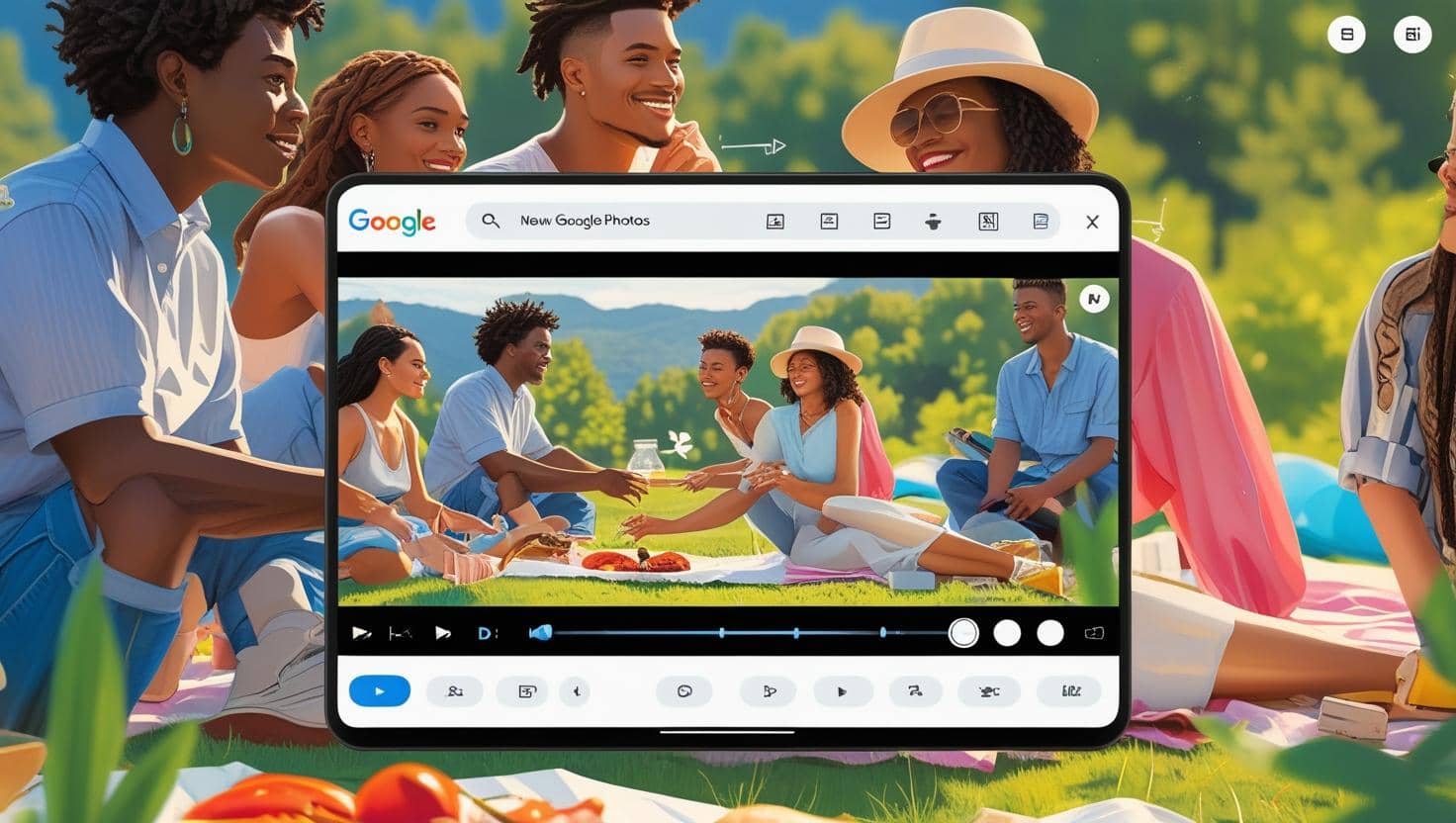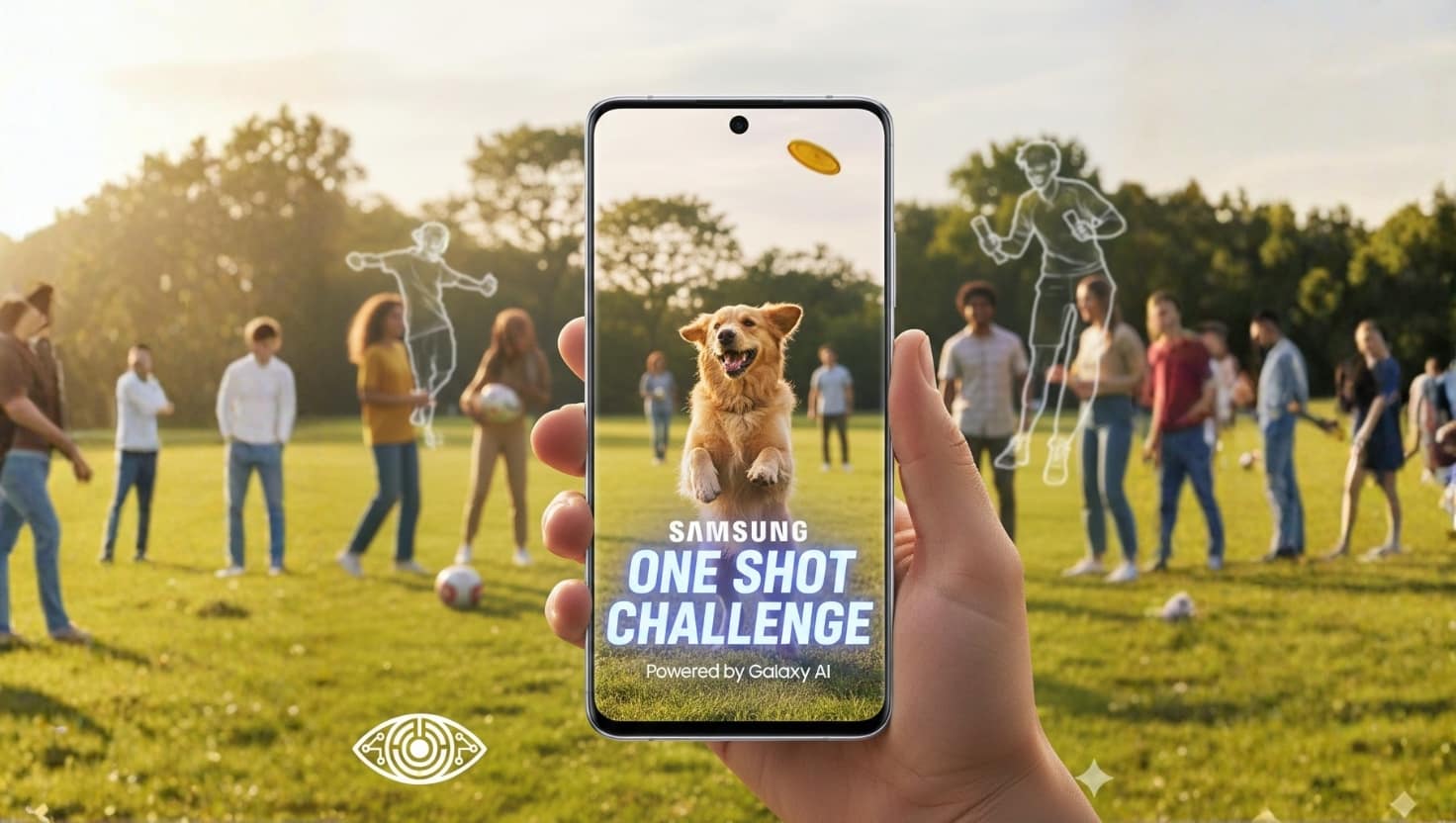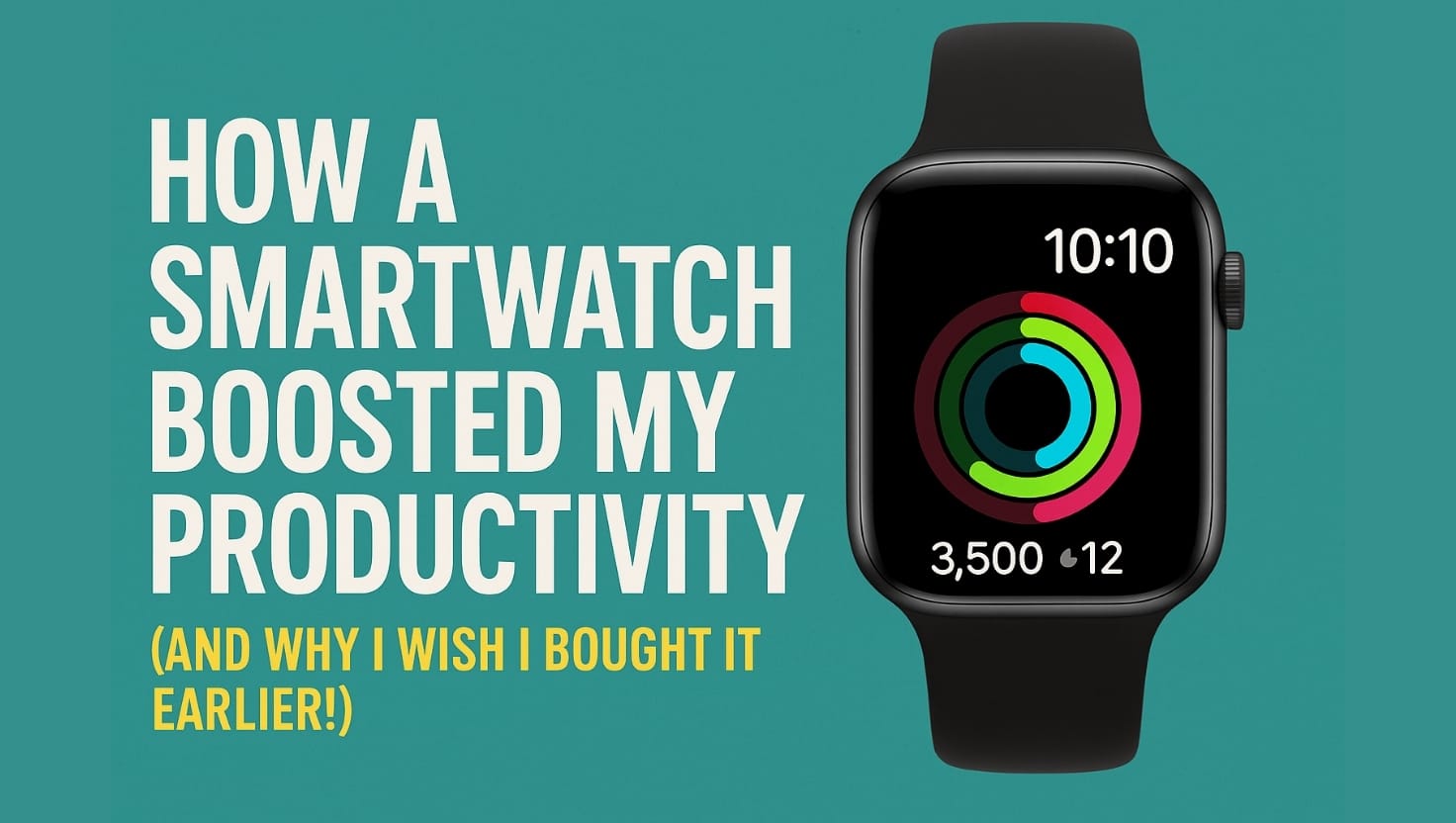In a significant update aimed at enriching user creativity and convenience, Google Photos has introduced a suite of AI-powered video editing tools that promise to transform how everyday users manage and enhance their videos. The addition of these features marks a major leap from the app’s earlier capabilities, which were largely focused on photo storage, sharing, and basic edits. With the power of artificial intelligence now deeply embedded, Google Photos is becoming a full-fledged multimedia editing suite — and these tools are something you may find yourself using quite often.
From Photo Storage to Smart Video Editing
Google Photos initially gained popularity for offering free and unlimited photo and video storage (a feature later adjusted), combined with smart organization and search capabilities. Over time, it introduced basic editing tools for both images and videos, but more serious edits required switching to professional software.
Now, Google is bridging that gap with AI-powered video editing features that are easy to use yet powerful enough to produce professional-looking content. Whether you’re a casual user documenting family moments or a content creator sharing videos online, these new tools are designed to simplify complex editing tasks.
What’s New in Video Editing?
The update introduces a range of intelligent tools that leverage machine learning and AI to automate and enhance the editing process. Some of the most notable features include:
1. Video Highlight Reels
Google Photos can now automatically generate highlight reels from your videos using AI. It identifies the best moments by analyzing movement, facial expressions, and even sound. This feature is ideal for quickly creating shareable clips from lengthy recordings such as birthday parties, vacations, or sports events.
2. Auto-Cut and Smart Trimming
One of the more tedious parts of editing is manually trimming clips. With smart trimming, Google Photos uses AI to detect the key segments of a video and suggests where cuts should be made. This not only saves time but also helps maintain the narrative of your video.
3. AI Effects and Filters
Google’s new video editing suite includes intelligent filters and effects that adjust lighting, color balance, and exposure with a single tap. AI evaluates each frame and applies corrections tailored to the specific scene. There are also artistic effects, like slow motion and background blur, that can be added automatically based on scene detection.
4. Audio Enhancement and Background Music
AI can also enhance the audio quality of your recordings, reducing background noise and balancing sound levels. Additionally, you can now add background music to your videos, with Google Photos suggesting tracks that match the mood and tempo of the content.
5. Text Overlays and Animated Titles
Another user-friendly addition is the ability to insert animated text overlays and title screens. These can be customized in terms of font, style, and animation, and the AI ensures they appear at optimal points in the video for maximum impact.
Why This Matters to Everyday Users
While video editing has traditionally been the domain of professionals, tools like these bring it within reach of everyday users. With just a few taps, you can turn raw footage into polished videos ready for sharing on social media or keeping as cherished memories.
The AI capabilities behind these tools mean you don’t need to have prior editing experience. Google Photos simplifies the process without sacrificing quality. This democratization of video editing aligns with broader trends in tech, where companies are using AI to remove complexity from powerful tasks.
Cross-Platform and Cloud-Based Convenience
One of the major strengths of Google Photos is its cross-device accessibility. These new editing features are available on both Android and iOS, and all edits are stored in the cloud. This means you can start editing a video on your phone, and finish it later on a tablet or desktop without missing a beat.
Moreover, your original files remain untouched, allowing for non-destructive editing. You can always revert back to the raw version if you want to start fresh, a feature that many professional editors appreciate.
Privacy and Processing Power
All AI-powered edits are handled with a strong focus on user privacy and data security. According to Google, the processing is done with user data protection in mind, and private content isn’t used to train AI models unless users opt in. Most of the real-time processing happens on-device, which also ensures faster performance and reduces reliance on internet speed.
The Future of Consumer Video Editing
The integration of AI into video editing is not just a feature — it’s a signal of what the future holds. As smartphones become more central to our content creation habits, users are demanding tools that match their creative ambitions without the learning curve.
With this update, Google Photos positions itself not just as a storage solution, but as an intelligent creative partner. Whether you want to quickly share a cute moment with your pet or produce a polished travel vlog, the app now offers tools that cater to both ends of the spectrum.
Final Thoughts
The new AI-powered video editing tools in Google Photos are more than just a technical upgrade — they represent a shift toward user-friendly creativity powered by artificial intelligence. As these tools become more sophisticated and accessible, you might find yourself using Google Photos not just to store memories, but to bring them to life.
And the best part? You don’t need to be a video editor. Google Photos and AI have that part covered.





